- Fortress-like
- Electric fences
- Heavily armed guards
- Alarms
- Video cameras
- Granite-lined vault
- Torch-resistant and drill-resistant walls
- Combination locks
- 22 ton blast door
- Mine field
- Barbed razor wire
- No visitors allowed
Why are we talking about Fort Knox today? Sometimes we go in to a risk assessment and our client worries that we want to turn their school or campus or building into Fort Knox. They're worried that we're going to recommend fortified fences, cameras in every crevice of the campus, alarms on every single door, a visitor management policy that prohibits all visitors, electronic access control measures on every single ingress/egress point, and armed guards at every entrance and roving the campus.
Listen, we do believe in the importance of physical security measures such as fences, alarms, cameras, access control, and guards. But unless your culture and policies reflect a commitment to safety, you could be as heavily fortified as Fort Knox and still be vulnerable. You could have card readers at every single door in the facility, but if people routinely leave doors ajar, the technology has done you no good. You could have CCTV cameras on every inch of the campus, but if no one is watching the displays in real time, the technology has not improved your security. You could have a visitor management policy that checks all identification with registered sex offenders, but if you have areas of the campus that are wide open (i.e., no fences) and people can simply walk on to campus without going through a security check point, then your technology has not made the campus a safer place.
Technology is not a crutch. Without instilling proper values and policies to create a culture of safety, physical security measures can only go so far in protecting your people.


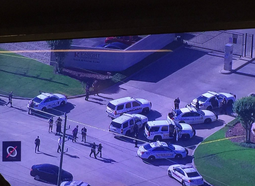
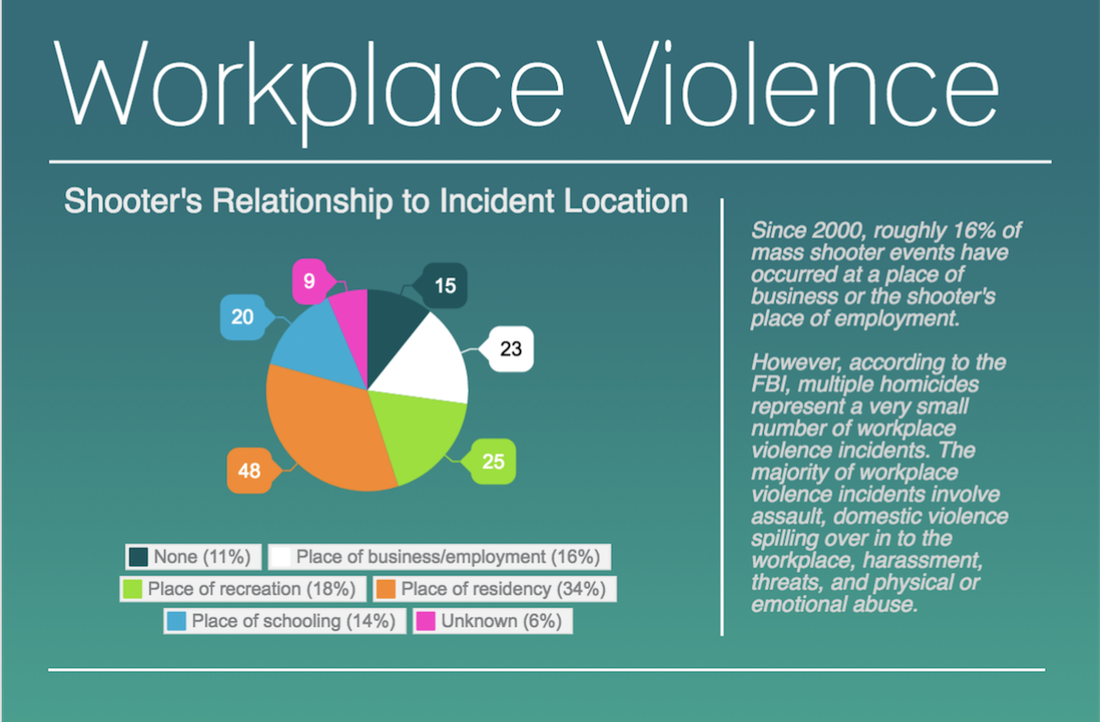
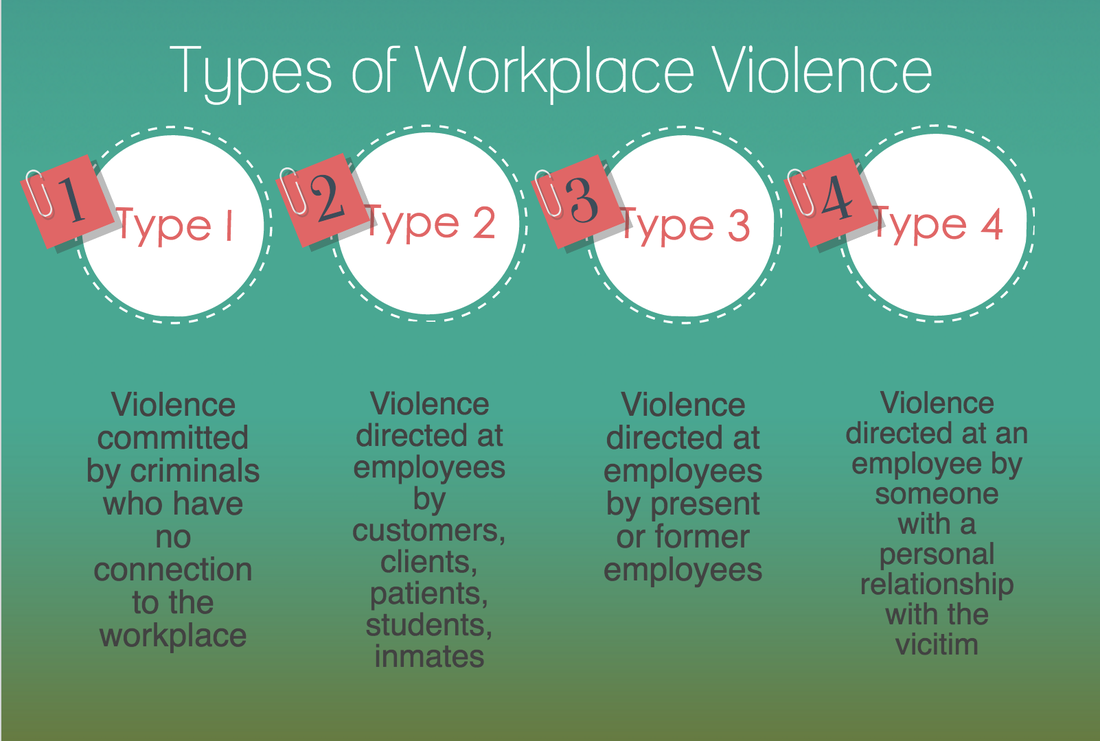
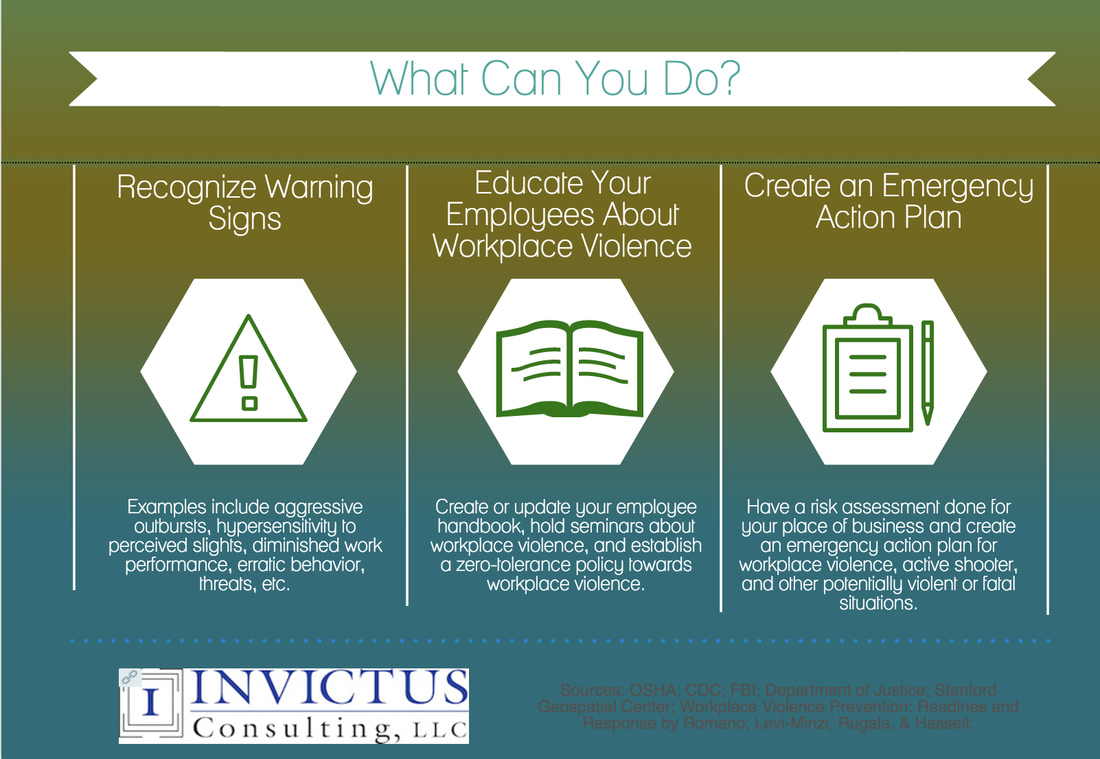
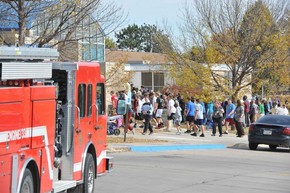
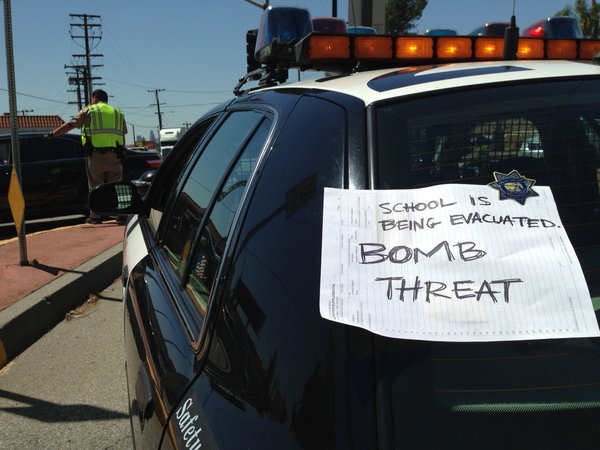


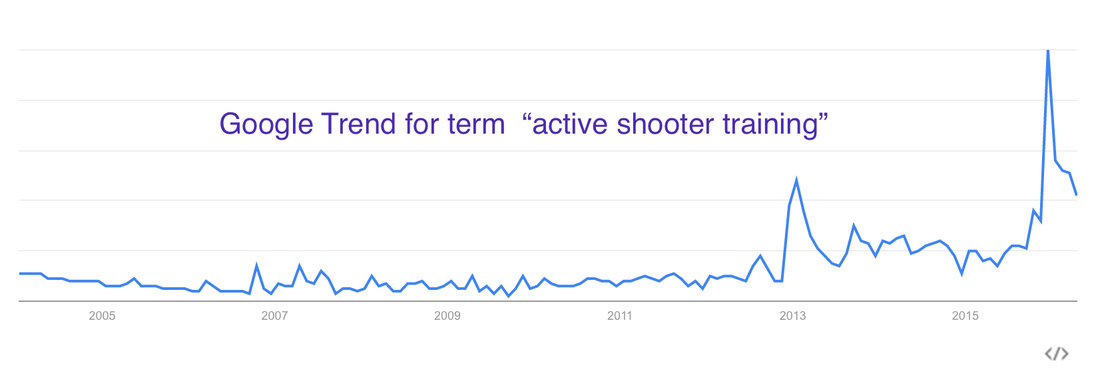




 RSS Feed
RSS Feed
